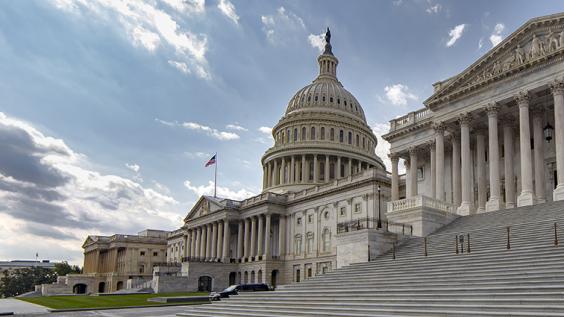A Need for Renewed and Cohesive U.S. Policy on Cord Blood Banking

Table of Contents
Author(s)
Monica M. Matsumoto
Former Contributing ExpertKirstin R.W. Matthews
Fellow in Science and Technology PolicyAbstract
Stem cells obtained from umbilical cord blood (CB) are used to treat more than 80 different diseases and are a standard treatment for many types of leukemias, lymphomas, myelodysplasias, and inherited immune system disorders. CB transplants have been carried out in humans for over 25 years, and hundreds of clinical trials are currently underway investigating CB’s therapeutic potential for a wide range of disorders, including autism, diabetes, cerebral palsy, and spinal cord injury. Extensive storage facilities have been established in the United States and around the world to collect, test, and freeze CB for later use in medical procedures. However, a divide between two different banking models—public versus private—has emerged, presenting several policy challenges. While the Food and Drug Administration currently regulates CB storage and use in the United States, other state and federal guidelines on CB education, awareness, and ethical considerations remain variable, and no mandatory international guidelines exist. In addition, federal funding for an important CB collection initiative that specifically targets minority populations is set to expire by the end of FY2015. To help organize and coordinate efforts across the United States and other nations, policymakers should implement regulations for: high quality standards for both private and public CB banks, a commitment to ethical practices, and an investment in educational campaigns and training programs for all steps of the CB banking process.
Read the full article in Stem Cell Reviews and Reports.


